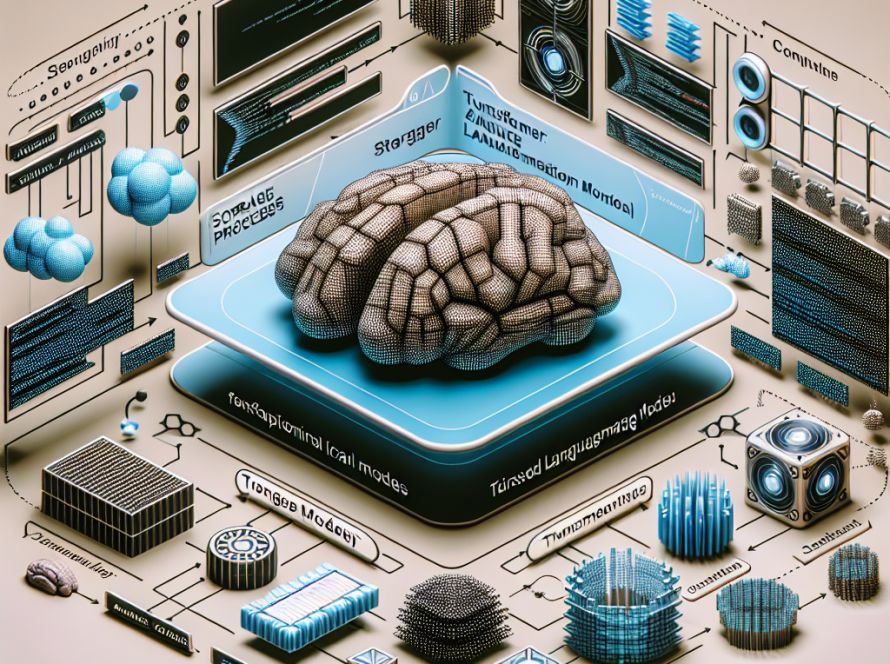Generic transport equations, which consist of time-dependent partial differential equations (PDEs), model the movement of extensive properties like mass, momentum, and energy in physical systems. Originating from conservation laws, such equations shed light on a range of physical phenomena, extending from mass diffusion to Navier-Stokes equations. In science and engineering fields, these PDEs can be used for high-precision simulations, critical for addressing design and prediction challenges in multiple areas. Traditional methods, such as finite difference, finite element and volume techniques, utilized to solve these PDEs have a cubic growth in their computational cost in relation to domain resolution, which makes them expensive and time-consuming, particularly in real-world scenarios.
Physics-informed neural networks (PINNs) serve as an alternate approach to such problems. They use PDE residuals during training to learn the smooth solutions of known nonlinear PDEs, thereby proving to be quite useful in resolving inverse problems. Although helpful, each PINN model gets trained for a specific PDE instance only, implying that retraining becomes necessary for new instances which involves high training costs.
A research group from Carnegie Mellon University have addressed this by proposing a data scoping method which increases the general applicability of data-driven models that predict physics properties dependent on time in generic transport problems. Their distributed data scoping approach splits up data so each operator works only on their assigned segmentation. This method significantly improves the speed of training convergence and increases the general applicability of benchmark models to extensive engineering simulations with its linear time complexity.
The research team explains how the deep learning structure of neural operators can dilute local dependency. As the layers increase to capture non-linearity, the local-dependency region expands which can clash with the locally-bound nature of the time-dependent PDEs. Their data scoping method helps to minimize this problem by limiting the input scope and effectively filtering out the noise, thus enabling the machine learning model to capture true physical patterns.
This research illustrates the incompatibility between deep learning architecture and generic transport problems, focusing on how increased layers can lead to more complex inputs and noise which affect the model’s convergence and its ability to generalize. Their proposed data-scoping method effectively handles this issue. Experiments on data from three generic transport PDEs verify the method’s efficiency in hastening convergence and improving model generalizability. Lastly, they suggest that this approach could be applicable to unstructured data, such as graphs, which could potentially benefit from parallel computations to fasten prediction integration.


